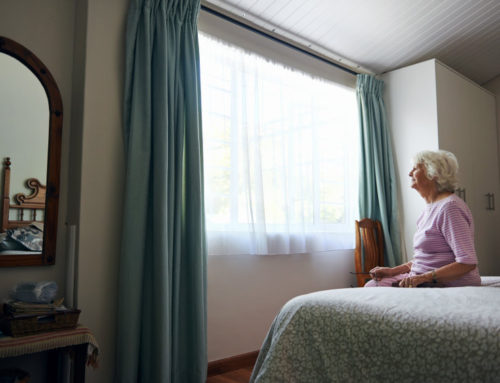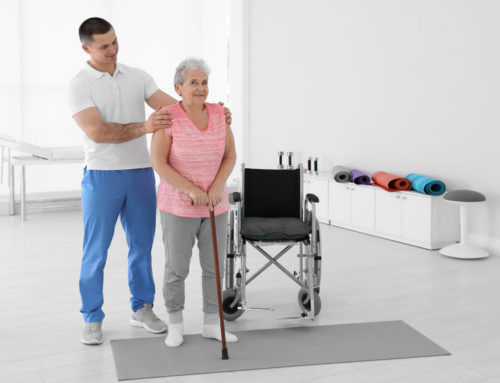Share This Story!
Preventing Adverse Effects Of Bed Rest
Most people know that extended periods of bed rest can cause unintended adverse reactions such as legions or bruising from lack of movement. But another side effect of prolonged bed rest can be swelling throughout the lower body, especially in the legs. Because the legs aren’t being used as frequently, fluids can pool in the tissues, leading to visible swelling. But preventing bed rest-related swelling doesn’t have to be complicated and can follow the rest of the RICE method.
Use an ice pack to reduce swelling
RICE stands for rest, ice, compression, and elevation. For a person on bedrest, the R in RICE is already covered. However, consider adding an ice pack to aid in reducing swelling after consulting a physician. The ice pack should be covered by a cloth as direct contact between the pack and a person’s skin should be avoided.
Invest in compression socks or stockings
Another way to prevent fluid buildup in the legs is by wearing compression socks or stockings. These socks are designed to aid in blood flow by providing gentle pressure that prevents blood clots from forming. For best results, compression socks or stockings should be worn during the day. However, never wear compression socks while sleeping as adverse effects may arise.
Elevate your legs
One of the best ways to help prevent leg swelling after bed rest is by keeping the legs elevated. When the legs are raised, blood flow is improved. Along with blood flow, edema, which is the accumulation of excess fluid, is less likely to occur. Additionally, keeping the legs raised can help to drain excess fluid more effectively. For best results, a person who is on bed rest should keep the legs raised periodically. Recline into a comfortable position if seated or while lying down, lift the legs so that the extremities are above heart level. Use a pillow to maintain the position without placing unnecessary pressure on the backs of the legs. For best results, elevate the legs several times throughout the day.
Other tips to curb swelling
If the bed rest period is coming to an end, engaging in gentle activities can help to get the body moving and ease swelling symptoms. Also, be sure to stay hydrated. While the idea might sound counterintuitive, drinking more water can help the body remove excess fluids that cause swelling. Additionally, taking a short salt bath of no more than 20 minutes can also reduce swelling. And in other cases, a professional massage can work to remove fluids too. However, ensure that the pressure is firm but not painful.
Getting back to a pre-bed rest lifestyle
Sometimes bed rest is necessary to ensure that a patient can fully recover. And there are several reasons why bed rest might be prescribed, such as when recovering from surgery or in the final stretches of pregnancy. Depending on the length of bed rest, swelling can be an unexpected side effect. But taking a proactive approach to managing the symptoms of leg swelling can help reverse the condition and get a patient back to a better quality of life.





